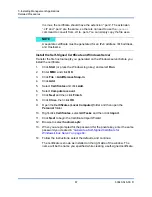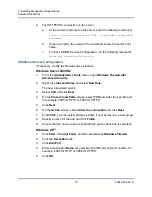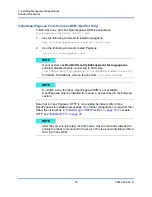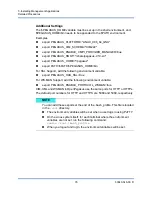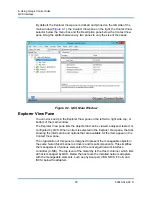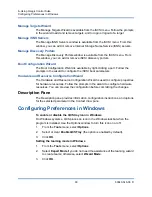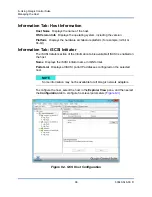
7–Installing Management Applications
Detailed Procedures
81
83840-546-00 D
2.
Copy
hostname.pem
that you created in
“Generate a Self-Signed Certificate
for Windows/Linux Server” on page 64
, into the certificate directory of the
Linux client. For example, if the certificate directory is
/etc/ssl/certs
,
copy
hostname.pem
to
/etc/ssl/certs
.
a.
Change directory to
/etc/ssl/certs
.
b.
Create a hash value by running the following command.
openssl x509 -noout -hash -in hostname.pem
A value such as the following will be returned.
100940db
c.
Create a symbolic link to the hash value by running the following
command:
ln -s hostname.pem 100940db.0
Test HTTPS/SSL Connection from Linux Client
Use the following command to test whether the certificate is installed correctly on
Linux:
# curl -v --capath /etc/ssl/certs https://Hostname or
IPAddress:5986/wsman
If this fails, then the certificate is not installed correctly, and an error message
appears prompting you to take corrective action.
Install QCS Management Application
To install QCS:
1.
Download the latest QCS management application RPM package.
2.
Install the RPM package as:
rpm -i QCS-{version}.{arch}.rpm
To uninstall QCS management application, issue following command.
rpm -e QCS
WMI—Windows
Perform the steps in the following two sections only to configure WMI on the
Windows server.

